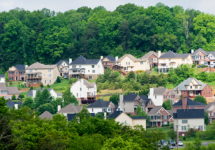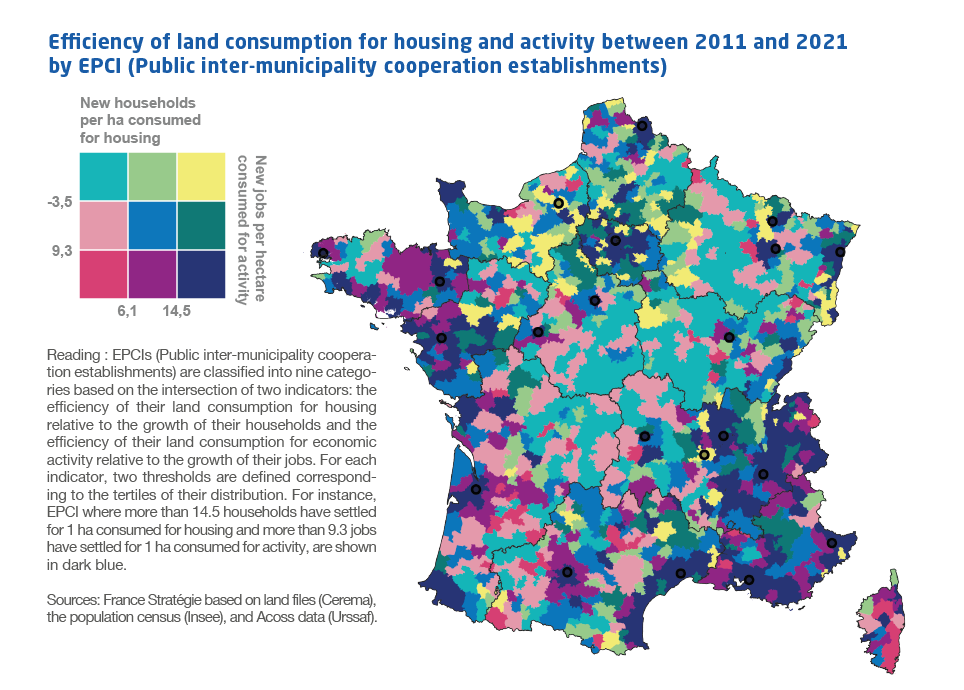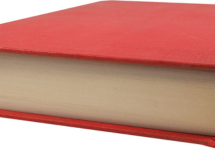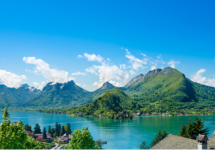
Land take dynamics show a spatial heterogeneity. Land take is particularly high in areas located around metropolitan areas and on the Atlantic coast, and much lower in rural areas, which are characterized by a lower demand for housing or activities. Nevertheless, land take is not only driven by population and employment growths. For example, between 2011 and 2021, 10% of land take for housing was carried out by municipalities that were losing households. Other factors come into play, such as relief, economic specialization, historical urban forms, or past political choices in terms of development. This heterogeneity, on the one hand, can justify a subregional differentiation in the level of land take reduction. On the other hand, it shows that there is room for improvement in all categories of municipalities. For instance, we estimate that with an increase of the efficiency (which means more households or employment by consumed area) of the 50% of less frugal municipalities, land consumption would have been reduced by 26% over the past decade.
However, this will not be sufficient to achieve no net land take by 2050. Therefore, the way of consuming land should be totally reconsidered: not only by building denser housing and economic activity areas, but also by prioritizing development in settlement areas (instead of both natural and agricultural areas) such as industrial wastelands, under occupied housing, or declining economic activity areas.










